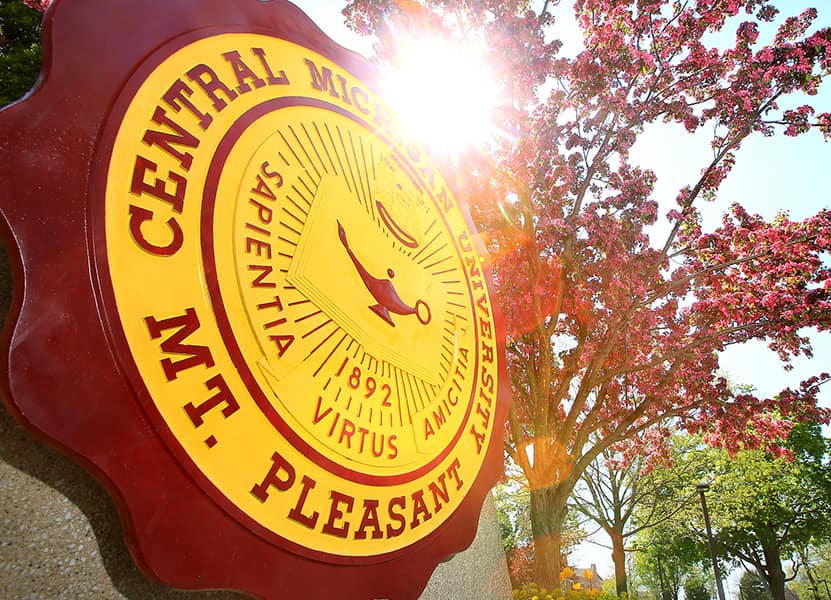Family papers of Amasa B. Watson are divided into the following series: Amasa B. Watson Papers, Amasa B. Watson Family and Associates Papers, Mrs. Martha A. (Brooks) Watson Papers, and Miscellaneous Papers The papers include: biographical materials; family correspondence; business correspondence, mostly related to lumber and timber, but also the Republic National Convention, 1888; education of his nephews at the Michigan Military Academy (Orchard Lake, Mich.); General Orders, 1861; and after his death, his wife's correspondence related to the building of his mausoleum and the Amasa B. Watson Grand Army of the Republic (GAR) Post No. 395.
Family Papers, 1854-1932 and undated. The collection is divided into the following series: Amasa B. Watson Papers, Amasa B. Watson Family and Associates Papers, Mrs. Martha A. (Brooks) Watson Papers, and Miscellaneous Papers. Most of the collection documents Watson's business interests in pine lands and lumber sales.There are five folders of lumber correspondence with Hull and Watson; later M. B. Hull and Company, and finally Hull, Ulrich, and Company, 1879-1888, and four folders of related receipts and land taxes, 1860-1888. Eventually, Hull became executor of Watson's estate.
Family correspondence often relates to pine and land interests inherited from Watson. Family correspondence from his siblings concerns lumber and shingle sales. Correspondence from Watson's adopted sons, James and John Mead, is more personal in nature, and quite warm. In the correspondence, the boys describe their lives and experiences at school.
In the family and associates papers, there is correspondence with the family lawyer (and son-in-law) Thomas F. Carroll, and Watson's Mississippi agent, D. D. Carter, concerning land and estate concerns, 1903-1923. Correspondence to James and John Mead also concerns these issues, 1892-1894. The papers of Philander J. Mead (d. 1853), paternal grandfather of the Mead children and father of William J. Mead, are of little interest except where they concern pine and land interests. The papers of William W. Mead, 1888-1932, cover mostly his and his aunt/ mother's business concerns, estates, and the building of Amasa Watson's mausoleum. William was his aunt/ mother's right hand man. Mrs. Watson's papers cover her husband's estate, mausoleum, and land and timber business concerns. The Amasa B. Watson Grand Army of the Republic (G. A. R.) Post 395 correspondence documents Mrs. Watson's donations, both to Post 395 and to individual Civil War veterans. The G. A. R. letterhead has an illustration of Watson as an older man. Also included is a 1912 meeting booklet listing the Post's officers and regular meetings, held on the first and third Friday of each month at 325 Central Avenue. The booklet has an oval portrait of Amasa B. Watson on the title page.
Additional family and miscellaneous papers relate to land patents, mostly copies, 1884-1919, and abstracts of titles of Amasa B. Watson's land, created for his heirs and for legal purposes. Biographical information and a carte-de-visite of Amasa B. Watson in his Civil War uniform complete the collection.
